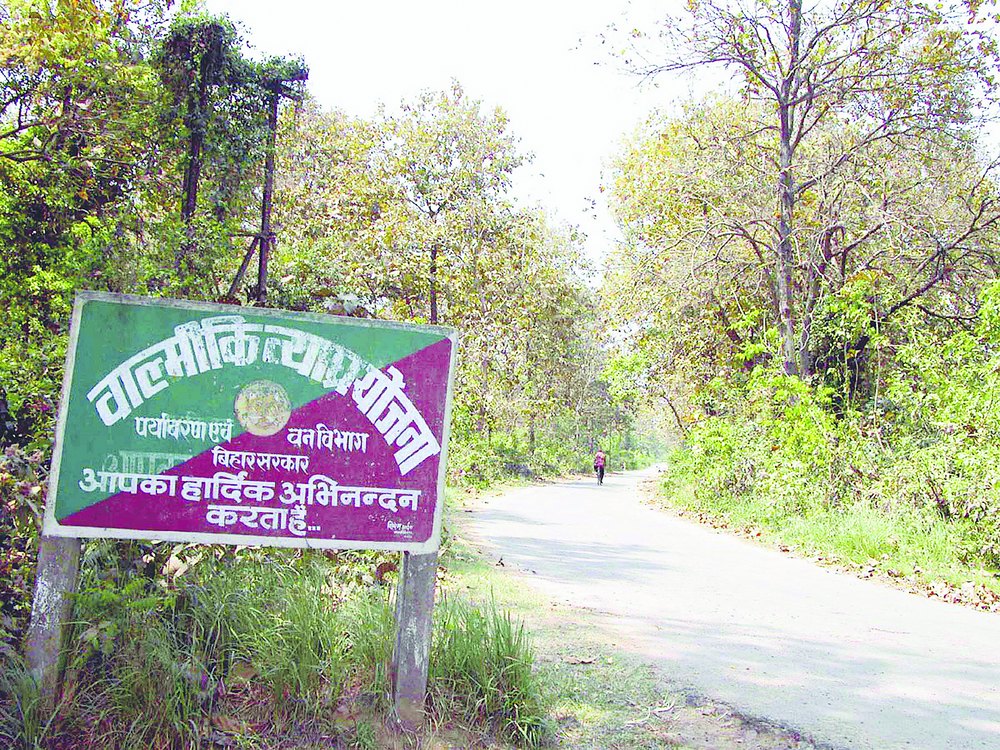
There is good news from the northwestern corner of Bihar. Four tiger cubs have been sighted in the Valmiki Tiger Reserve (VTR), around 290km northwest of Patna.
Pugmarks have been found, which attests the sightings at the state's only tiger reserve.
"Based on the pugmark data, which we have collected in the past two months, it appears two tigresses have given birth to two cubs each. They are moving in their respective earmarked areas in the range," said the field director of the reserve, R.B. Singh, over phone.
Tigers mark their territories and move within it.
The reserve management has information about the new members of the tiger family but does not have any evidence to support the claim in the absence of camera traps. They could have captured images of the tigresses and cubs.
The reserve management had failed to carry out the camera trap internal assessment of tigers in 2014-15 as mandated by the National Tiger Conservation Authority. The decision directs reserves to monitor the big cats using camera traps on a regular basis to keep a tab on the number of tigers.
According to the 2014 tiger census at the national level, VTR was home to 28 tigers.
"We failed to do the exercise because of late arrival of the camera traps. Summer is not congenial for the work as there are frequent forest fires. We have decided to go forth with the assessment from October," said Singh.
With 200 pairs of camera traps in place, the exercise would be carried out in two phases. Each trap would keep a tab on a 2sq km area.
The camera trap work done in 2013-14, through an external agency, had clicked pictures of 22 tigers and four cubs. A lower-rung official of the reserve said the cubs had now become sub-adults and two of them had earmarked their areas, adjacent to that of their mother. Two other cubs have been found moving between the reserve and the adjoining forest areas in Nepal.
A tigress generally keeps her cubs till they attain the age of 18 to 24 months, after which the mother starts living separately. After about two years of age, the cubs are called sub-adults till attaining adulthood at the age of about five years.
Despite the year's gap in camera trap monitoring, the field director maintained it did not hamper the reserve management work. The tigers were closely monitered, he said.
Experts begged to differ.
"Reserve monitoring using camera traps would have helped in a big way," said Samir Kumar Sinha, the regional head of Wildlife Trust of India, who has been researching tigers in the reserve for almost a decade now.
Y.V. Jhala, a scientist at Wildlife Institute of India, Dehradun, who coordinates the tiger census work done every four years, maintained that regular monitoring of tigers was in the interest of the reserve as they were an endangered species.











